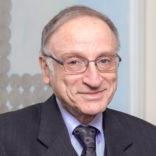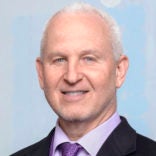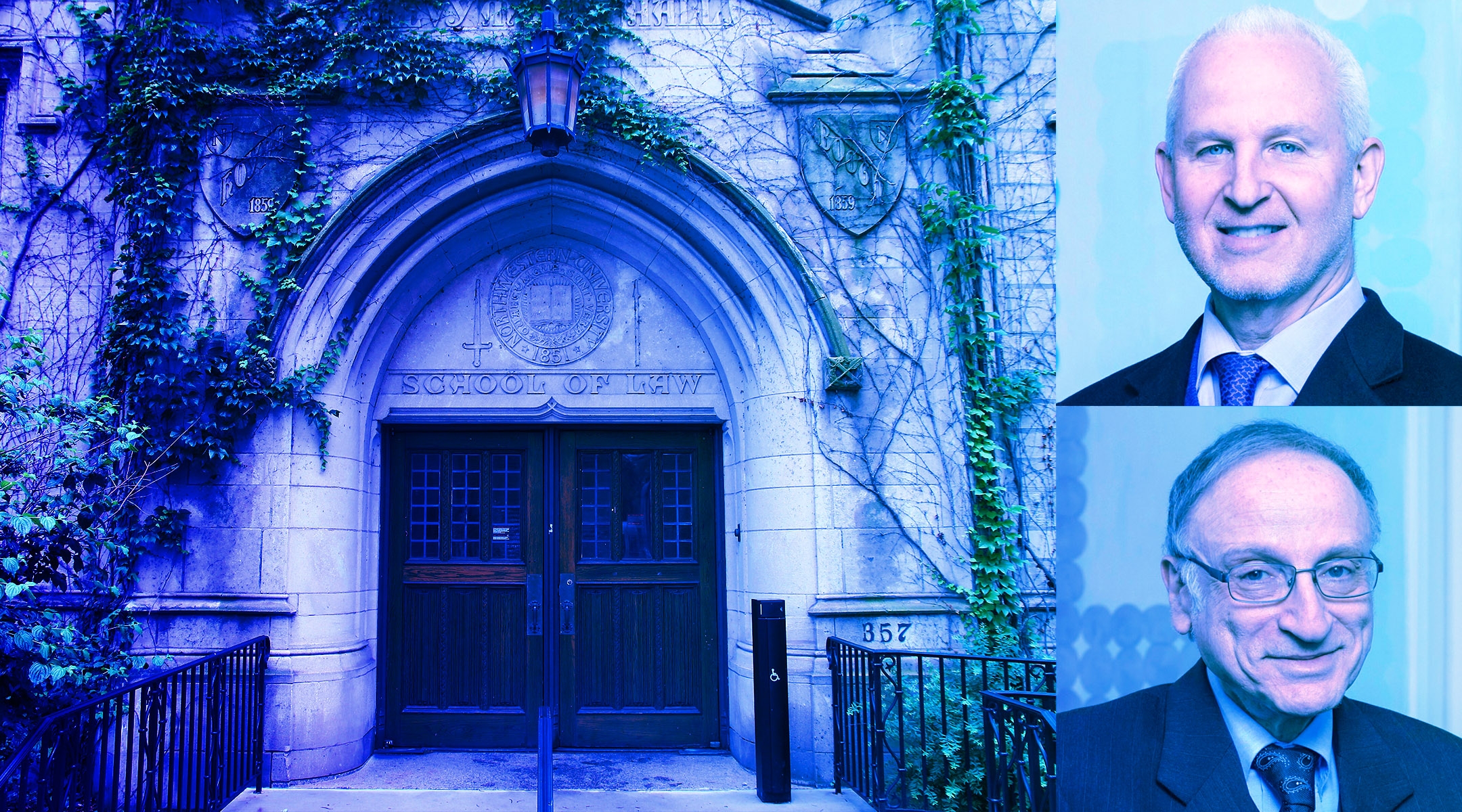EVANSTON, Ill. (JTA) — As longtime faculty members, we have been considering how academic life might change for the better after the pandemic. One of us also happens to be a university president who is called upon to offer a compelling vision for his school under the “new normal.”
When we celebrated Passover together with our families and friends (virtually, of course), we were struck more than ever by how those ancient plagues changed Jewish life. The ensuing freedom dreamt of for so long wasn’t easy to embrace, and the former slaves struggled to lead lives worthy of God’s beneficence. But despite the many challenges faced over the subsequent 3,300 years, there is no doubt that the Jewish people have served as an enduring beacon worthy of emulation and respect.
Colleges and universities have a proud history as well. Their teaching transforms their students, and their scholarship results in longer, healthier, more productive and more fulfilled lives. We anticipate several fruitful innovations in, as Tom Friedman put it, the year 1 A.C. — After Corona.
For example, switching to remote teaching has prompted us to try out some changes that faculty have been debating for years. Perhaps “flipped” classrooms — with lectures on the web, and class time devoted to student-faculty interaction — will become the norm in the future, now that students and faculty have experienced what is possible when time is used differently.
The emergent circumstances have thrust us into those experiments. But we are also learning about other needs that would require a more concerted effort to address. Chief among them is the fact that too much research and teaching takes place in silos.
While we benefit from work in individual disciplines, the pandemic has shone light on the importance of the intersections among them. Economists estimate how much unemployment will rise for each additional week of a largely shut-down economy; scientists forecast how many additional deaths will accompany a reversal of shelter-in-place directives; sociologists explain why infection and mortality statistics vary so much by race and income. But to develop meaningful public policies, we should consider the complete picture from a truly interdisciplinary perspective.
And don’t forget that philosophers might help us reach not just expedient answers, but morally acceptable ones. After all, limited resources are forcing us to decide who shall live and who shall die. It is one thing to recognize, as we do during the Kol Nidre service, that our lives are in God’s hands. It is quite another to hold other people’s lives in our own.
In our book “Cents and Sensibility,” we argue that breaking down disciplinary boundaries can lead to policies that are more effective and more just. COVID-19 has made it even clearer that we need to do so.
And we can do much the same in the classroom. The great issues of our time — climate change, global inequality, challenges to democratic and liberal ideals — are multidimensional. Why not teach them that way?
For the past decade, we have co-taught a course that includes readings not just from our specialties of literature and economics, but also from history, political science, biology, religion, sociology, city planning, geography and philosophy. By exposing our students to different ways of thinking, getting them to see the strengths and weaknesses of each, and encouraging them to find meaningful combinations, we invite them to discover and articulate more clearly what they believe and become more open to opposing views.
One example that seems to especially resonate with our students is a discussion of the Akedah. What does Genesis 22, the unsettling story of the binding of Isaac, teach us about faith and familial obligations, and how do the Abrahamic religions interpret the same story differently?
Breaking down disciplinary divisions and creating a more multidisciplinary educational experience for students won’t be easy, given the way our university and so many others are structured, funded and managed. But returning to the old ways would be more like worshipping a familiar golden calf than embracing a new golden opportunity. Our task is to figure out how to seize it.
This piece is a part of our series of Visions for the Post-Pandemic Jewish Future — click here to read the other stories in this series. Use #JewishFuture to share your own ideas on social media. If you’d like to submit an essay for consideration, email opinion@jta.org with “Visions Project Submission” in the subject line.
JTA has documented Jewish history in real-time for over a century. Keep our journalism strong by joining us in supporting independent, award-winning reporting.








